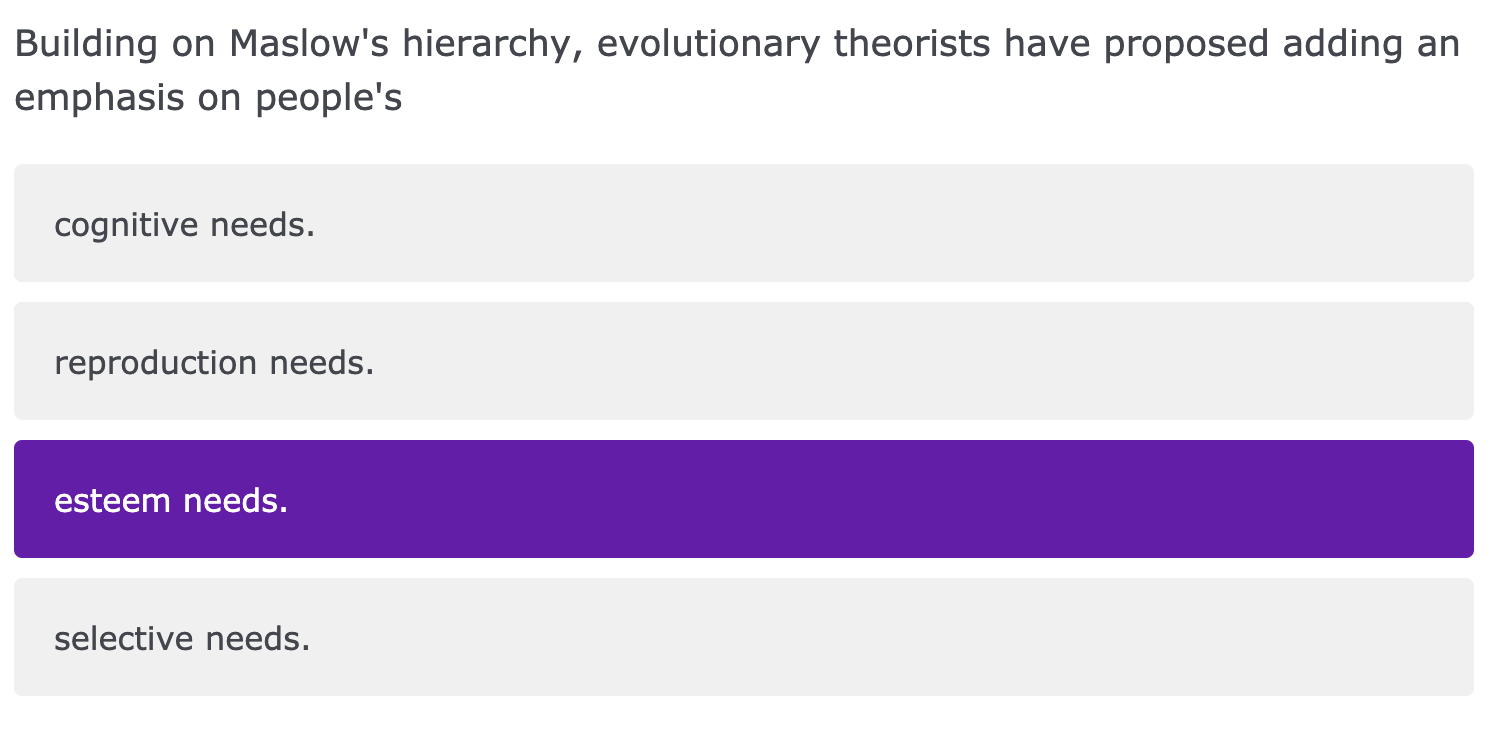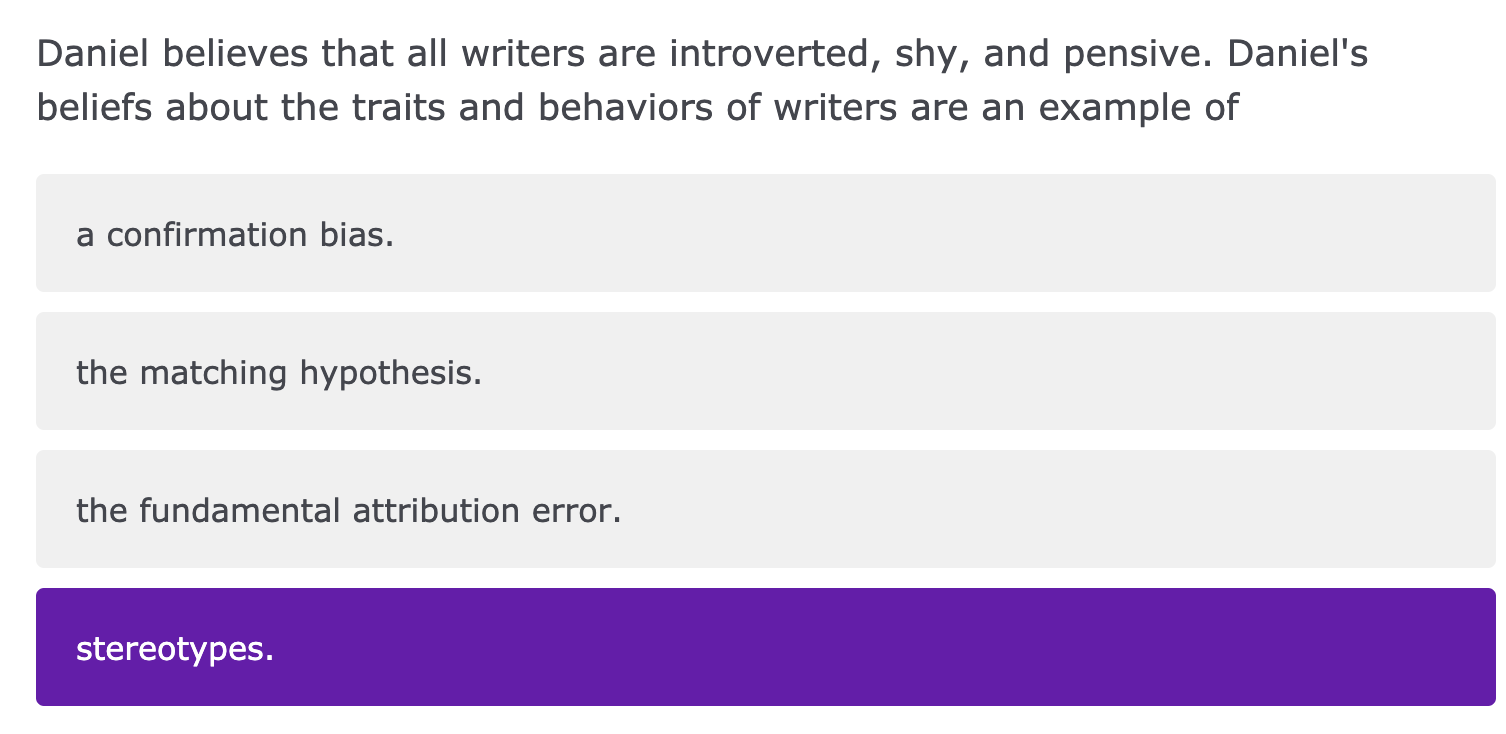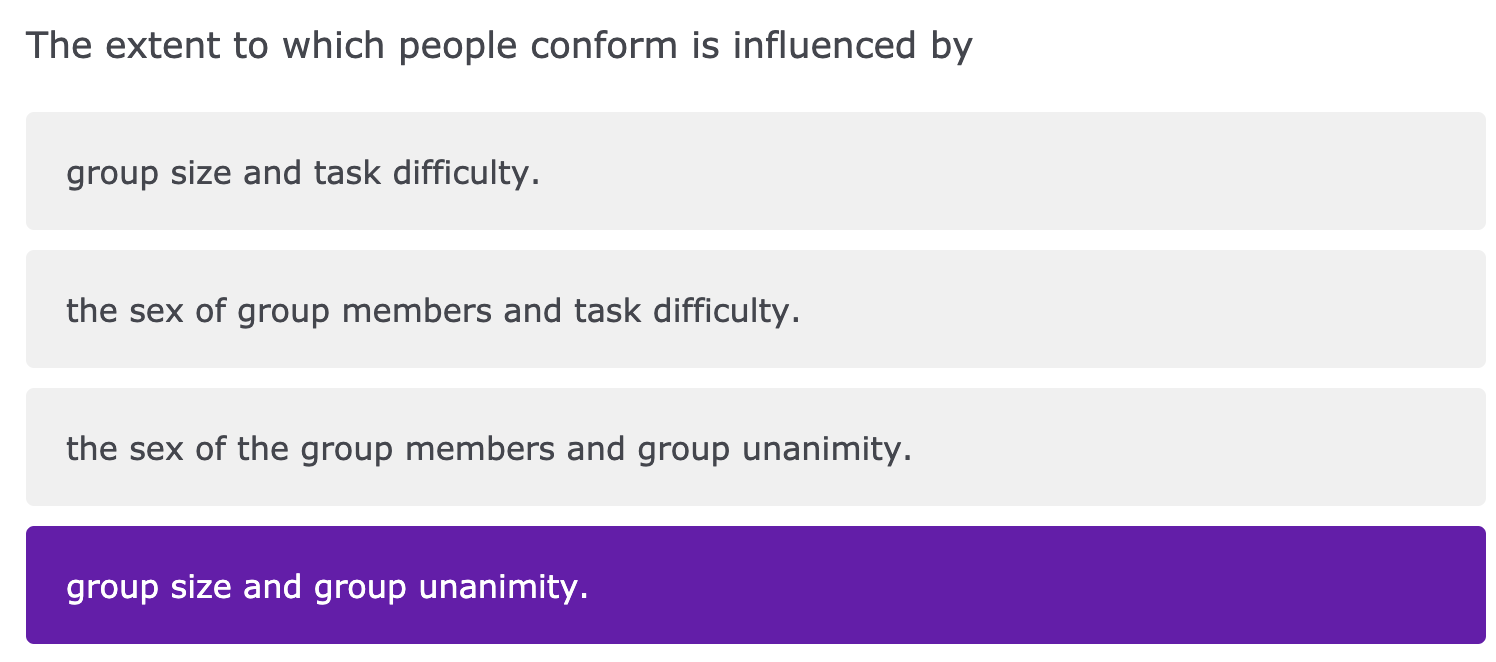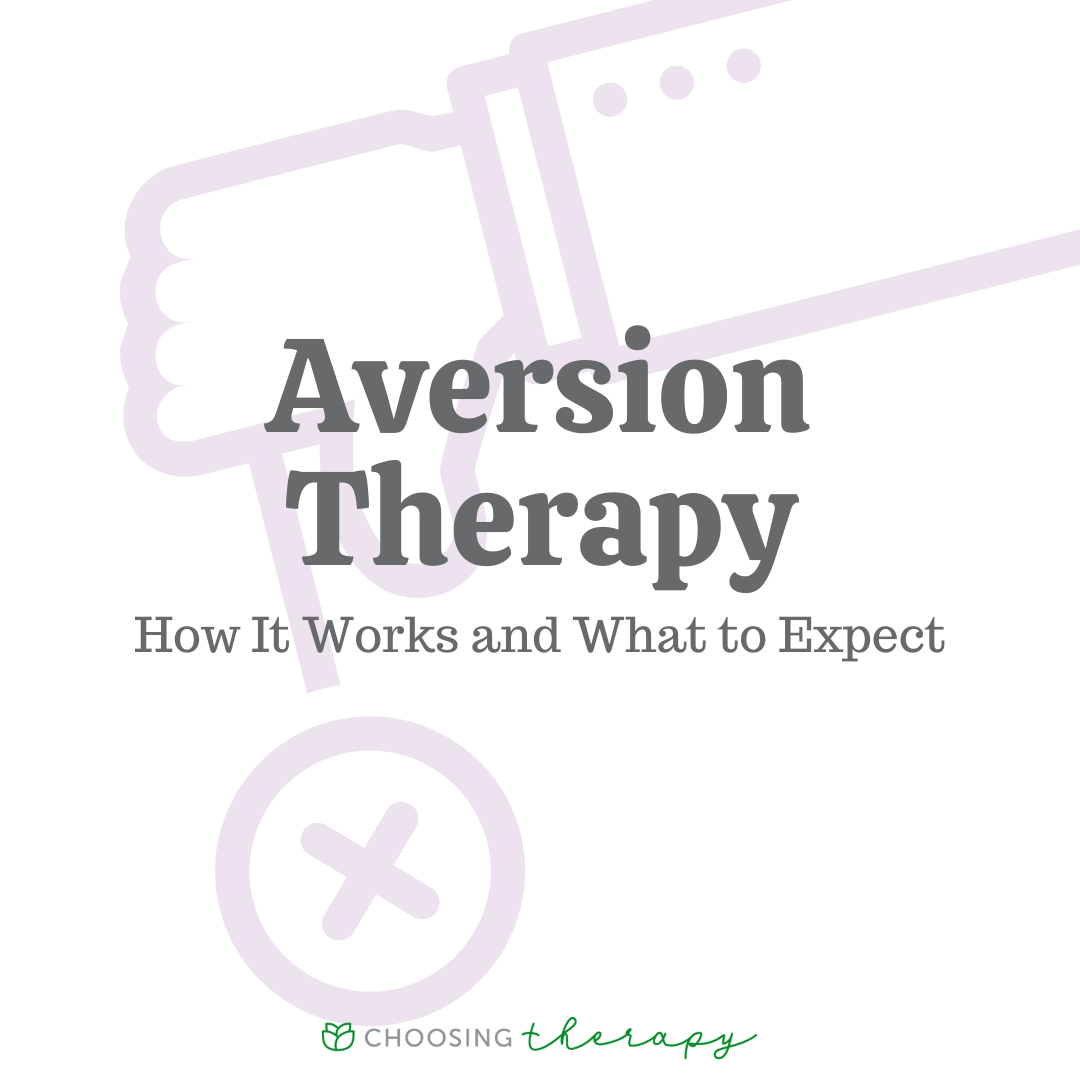Most enthusiastic reports suffer from lack of control groups and control procedures. Aversion therapy is a series of techniques designed to reduce unwanted or dangerous behaviors.

Solved The Goal Of Aversion Therapy Is To Remove Unwanted Chegg Com
Yet experts believe that even if used it shouldnt be used alone.

. Negative associations using classical conditioning techniques. A variety of aversive techniques are used in a therapeutic setting. The behavioral therapy that is designed to remove unwanted pleasant associations using classical conditioning techniques is.
Since aversion therapy is used to eliminate problematic behaviors and unwanted desires its uses are more limited than talk therapy and many other types of psychotherapy. The idea is that the mind will associate discomfort with the behavior that is being treated. For example a person undergoing aversion therapy to stop smoking might receive an electrical shock every time they view an image of a cigarette.
Aversion therapy uses principles from behavioral psycholog. This type of therapy is behavioral therapy. With aversion therapy we learn to.
Since aversion behavioral therapy is used to eliminate unwanted habits it has more limited uses than other types of psychotherapy. The definition of aversion therapy is psychotherapy designed to cause a patient to reduce or avoid an undesirable behavior pattern by conditioning the person to associate the behavior with an undesirable stimulus. Aversion therapy is designed to remove.
Pleasant associations using observational learning techniques. Negative associations using classical conditioning techniques. Solved aversion therapy is designed to remove unwanted a negative associations using classical conditioning techniques.
Aversion therapy is administered by a therapist psychologist psychiatrist or other certified mental health professional. Pleasant associations using classical conditioning techniques. Aversion therapy may be helpful for stopping specific types of unwanted behaviors or habits.
Aversion therapy works by pairing together the stimulus that can causes deviant behavior such as an acholic drink or cigarette with some form of unpleasant aversive stimulus such as an electric show or nausea-inducing drug. Aversion therapy is designed to remove unwanted a. AversX has been designed to be an integral part of assisting individuals in changing their unwanted behavior.
Aversion therapy is designed to remove unwanted a. Aversion therapy is a behavioral therapy technique with the aim of reducing unwanted behavior. Aversion therapy is designed to remove unwanted negative associations using classical conditioning techniques.
Aversion therapy works like conditioning but it is more accurately described as counter-conditioning where we are conditioned to avoid the unwanted behavior. At this time the best. Aversion therapy The behavioral therapy that is designed to remove unwanted pleasant associations using classical conditioning techniques is.
The definition of aversion therapy is psychotherapy designed to cause a patient to reduce or avoid an undesirable behavior pattern by conditioning the person to associate the behavior with an undesirable stimulus Another name for this type of. Research has found the standardization of aversive stimuli is not taking place when attempting to assist a client in reducing their urgesattractions and the tools and skills are not being applied consistently by the client. Use of a token economy c.
Create a negative response to a stimulus that has elicited problematic behavior. A form of behavior therapy that emphasizes modeling behavioral rehearsal and shaping and is designed to improve interpersonal skills is Aversion therapy is designed to remove unwanted pleasant associations using classical conditioning techniques. Aversion therapy is a type of behavioral therapy that involves repeat pairing an unwanted behavior with discomfort.
This discomfort will eventually discourage the individual from engaging in the unwanted behavior. Pleasant associations using observational learning techniques. Aversion therapy has been used effectively for years in the.
Aversion therapy b a token economy c negative reinforcement d systematic from PSYCH MISC at Fox Valley Technical College. Unwanted negative associations using classical conditioning techniques. Solved aversion therapy is designed to remove unwanted a negative associations using classical conditioning techniques.
Aversion therapy is designed to remove. There are many reasons for choosing aversion therapy to. Aversion Therapy Is Designed To Remove Unwanted Behaviour Modification - The behavioral therapy that is designed to remove unwanted pleasant associations using classical conditioning techniques is.
The most common applications of these techniques are to obesity tobacco smoking sexuality oral habits self-injurious and aggressive behaviors and substance abuse. Pleasant associations using observational learning techniques. Aversion therapy sometimes called aversive therapy or aversive conditioning is used to help a person give up a behavior or habit by having.
Negative associations using operant learning techniques. Unwanted negative associations using classical conditioning techniques b. Disorders conditions and problems for which aversion therapy is most frequently used include drug and.
/GettyImages-508485417-56a796f95f9b58b7d0ebf49a.jpg)
Aversion Therapy Uses And Effectiveness

Aversion Therapy What It Is Efficacy Controversy And More

Solved The Goal Of Aversion Therapy Is To Remove Unwanted Chegg Com

Solved The Goal Of Aversion Therapy Is To Remove Unwanted Chegg Com

Solved The Goal Of Aversion Therapy Is To Remove Unwanted Chegg Com

Aversion Therapy How It Works What To Expect

Aversion Therapy Uses Efficacy Controversy And More Dr Axe

Aversion Therapy Is Designed To Remove A Unwanted Negative Associations Using Classical Conditioning Techniques B Unwanted Pleasant Associations Using Classical Conditioning Techniques C Unwanted Negative Associations Using Instrumental
0 comments
Post a Comment